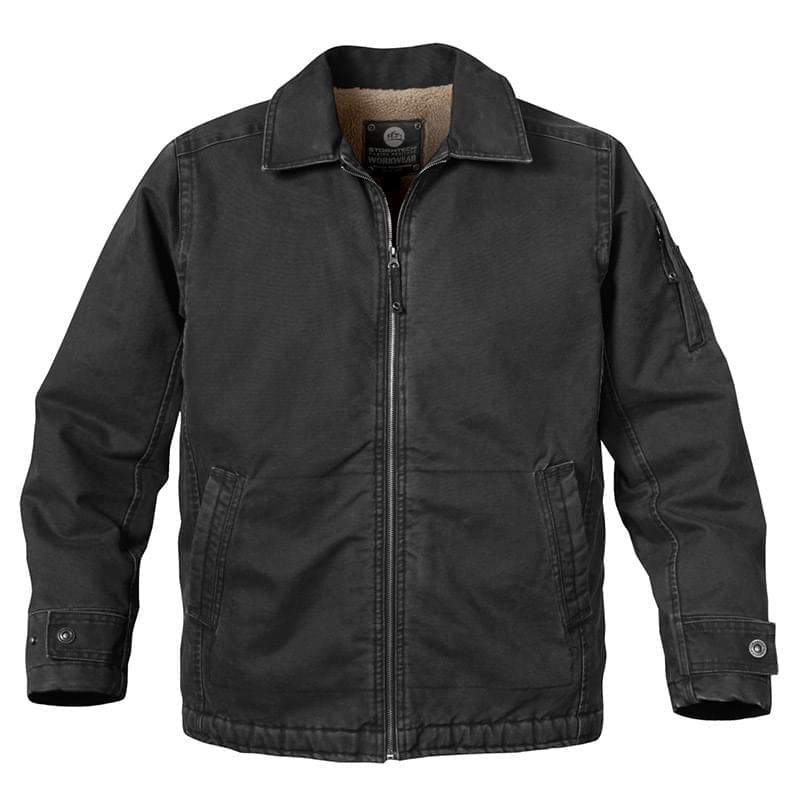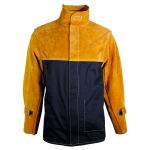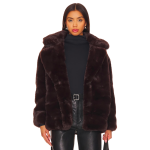Work jackets play an indispensable role for individuals in various professions, from construction workers to outdoor enthusiasts. A good work jacket not only protects against the elements but also provides comfort and functionality throughout the day. Choosing the right work jacket is crucial for ensuring durability and comfort in demanding environments. In this article, we will explore the essential features that contribute to the ultimate performance of work jacket and how to select the perfect one for your needs.
Understanding the Purpose of a Work Jacket
Protection from the Elements
Work jackets are designed to protect wearers from a variety of harsh environmental factors. These can include wind, rain, snow, and extreme temperatures. The right jacket should be able to shield you from adverse weather conditions while allowing for freedom of movement.
Understanding the specific requirements of your job is important when selecting a work jacket. For those working outdoors, waterproof or water-resistant fabrics can be essential. Similarly, insulation features are critical for colder climates, ensuring that individuals can perform their tasks without succumbing to the elements.
Enhanced Comfort and Mobility
In addition to protection, a good work jacket provides comfort. Comfort plays a vital role in maintaining focus and productivity throughout the workday. A jacket that restricts movement can cause frustration and hinder performance, especially in jobs that require physical labor.
Many modern work jackets are designed to enhance mobility. Features such as articulated elbows or adjustable cuffs can improve the range of motion, allowing for ease when reaching, lifting, or bending. When a jacket fits well and allows for movement, it contributes to a more comfortable working experience.
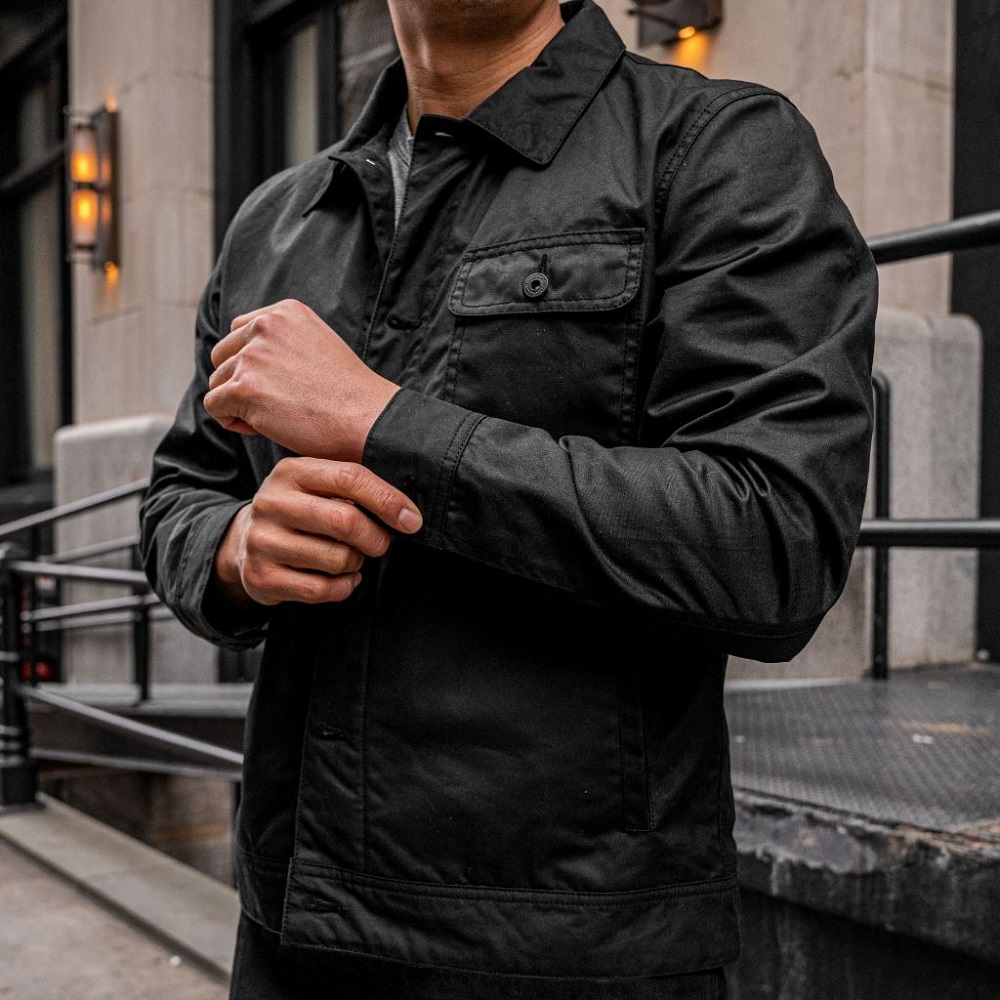
Durable Fabrics for Long-Lasting Use
Choosing the Right Material
Durability is one of the most critical factors in selecting a work jacket. Fabrics must withstand wear and tear from daily use, which is why many work jackets are made from synthetic or blended materials. Common options include polyester, nylon, and canvas, each offering unique benefits.
Polyester is a popular choice due to its resistance to fading and shrinking. It is lightweight yet strong, making it suitable for various tasks. Nylon is another fantastic option, known for its durability and water resistance. Canvas, on the other hand, provides a ruggedness that stands up well to harsh conditions and is often seen in heavy-duty work jackets.
Water-Resistant and Breathable Options
For those working outdoors, consider jackets that feature water-resistant or waterproof qualities. These jackets often use specialized coatings or membranes to keep moisture at bay. GORE-TEX and similar technologies offer breathable waterproof options, allowing for ventilation while still protecting from rain.
Breathable fabrics are essential as they help regulate body temperature. When working hard, you want a jacket that allows sweat to evaporate rather than cling to your skin. The combination of water resistance and breathability ensures that workers remain comfortable regardless of the weather conditions.
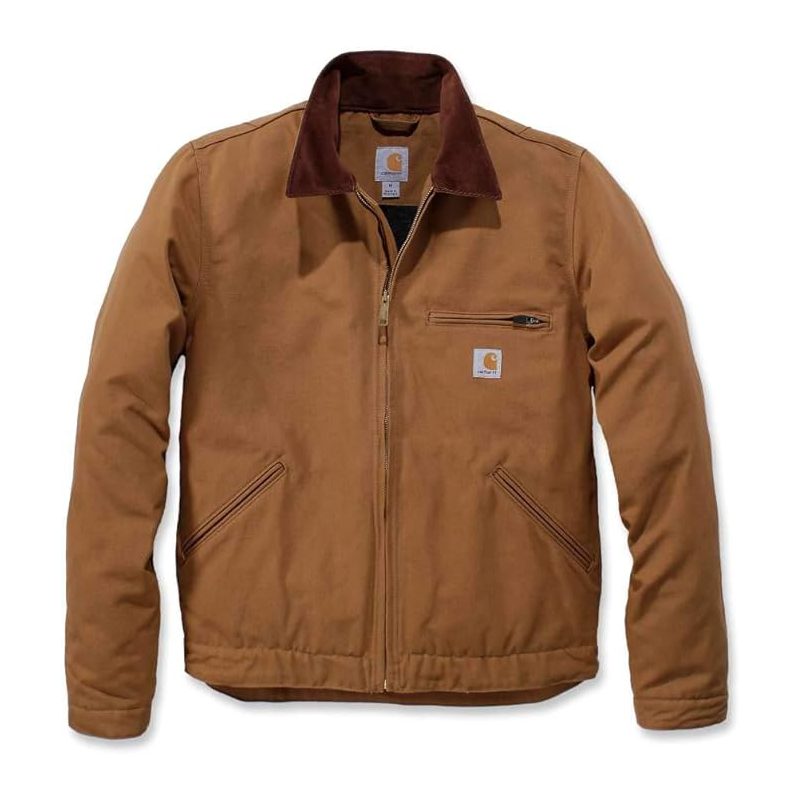
Insulation for Versatile Weather Conditions
Types of Insulation
Insulation is a crucial feature of work jackets, particularly for those working in colder climates. Several types of insulation are available, each with unique benefits. For example, down insulation is known for its lightweight and warmth properties. However, it can compress and lose effectiveness when wet.
Synthetic insulation, on the other hand, retains its insulating properties even when damp. This type of insulation is ideal for work jackets as it often comes with moisture-wicking abilities. Choosing the right insulation for your work environment ensures that you stay warm and dry during colder months.
Adjustable Features for Greater Versatility
Many work jackets come with adjustable features that allow you to adapt to varying weather conditions. Adjustable hoods, cuffs, and hemlines can significantly enhance a jacket’s versatility. For instance, a removable hood provides the option to wear the jacket without it, allowing for better visibility and less bulk in milder weather.
Cuffs that can be cinched or loosened help prevent cold air from entering the sleeves. Additionally, longer jackets can offer extra coverage, while shorter designs provide ease of movement. These adjustable features allow workers to customize their jackets based on changing conditions and personal comfort levels.
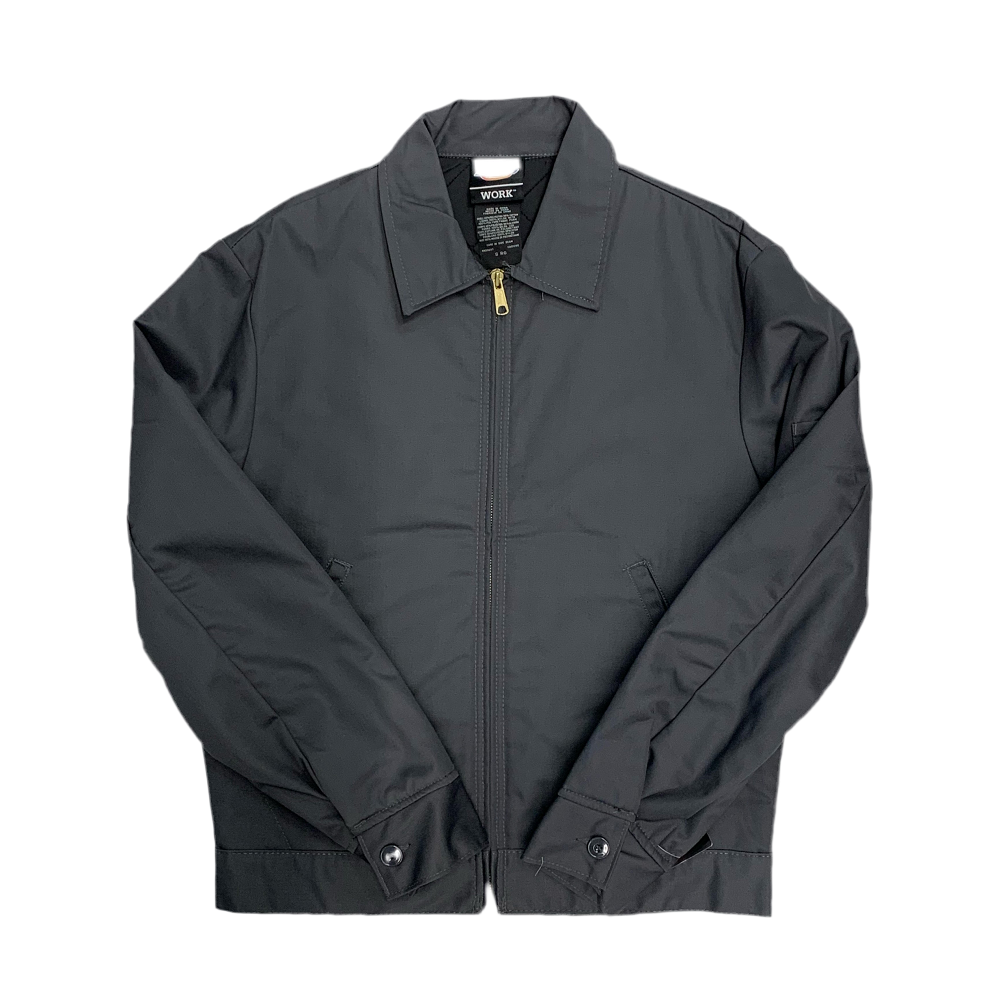
Functional Design Elements
Numerous Pockets for Practicality
One of the most essential aspects of a work jacket is functionality. A jacket should have ample pockets for storing tools, gloves, and other essentials. Multiple pockets can prevent the need to carry a separate tool belt, thus streamlining the carrying of necessary items.
Look for jackets that feature a variety of pocket types, such as zipped, flap, or hand-warmer pockets. Zipped pockets ensure that items remain secure while you’re moving around. Meanwhile, hand-warmer pockets provide a cozy place for your hands during breaks or colder weather.
Easy Maintenance and Care
Given the tough work environments in which jackets are often used, easy maintenance is essential. A work jacket that can withstand frequent washing without losing its appearance is ideal. Fabrics that are stain-resistant or easy to clean can save time and maintain a professional look.
Always check the care instructions provided by the manufacturer. Some work jackets are machine washable, while others may require specific cleaning methods. Choosing a jacket that is easy to care for can make a significant difference in extending its lifespan and maintaining its functionality.
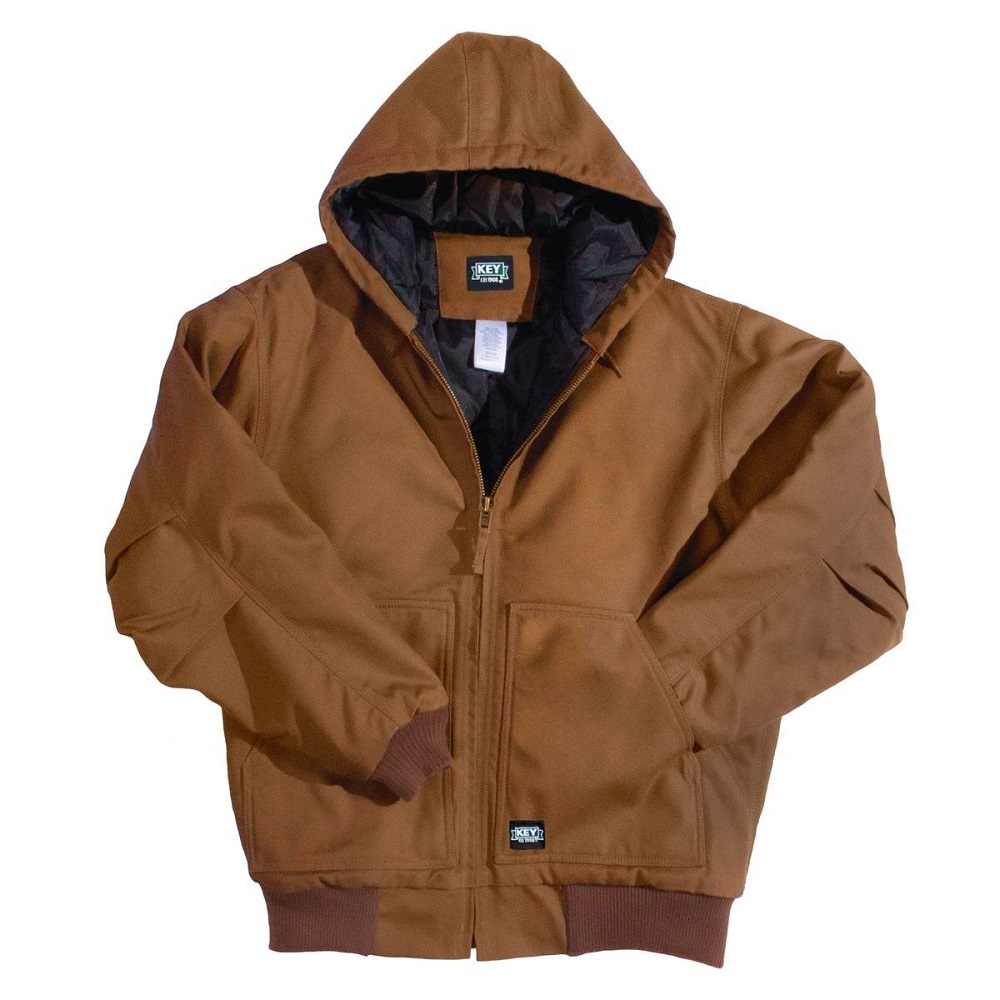
Fit and Comfort Considerations
Finding the Right Fit
A proper fit is paramount when selecting a work jacket. Jackets that are too tight can limit movement, while excessively baggy options can compromise safety by snagging on equipment. The ideal jacket should allow for layering while still being tailored enough to prevent unnecessary bulk.
When trying on a work jacket, consider the types of clothing you will typically wear underneath. It is wise to try the jacket with a base layer or a thicker sweater to ensure adequate room for movement. Choosing the right fit means you will be comfortable throughout your workday.
Mobility Features to Enhance Comfort
In addition to fit, consider mobility features that can enhance overall comfort. Designers often incorporate features like gussets and articulated designs, allowing for better range of motion. A work jacket that allows you to lift your arms freely is especially valuable in physically demanding jobs.
Look for jackets with longer back hems for added coverage when bending or reaching. These adjustments ensure that the jacket stays in place, keeping you comfortable and focused on your tasks instead of adjusting your clothing.
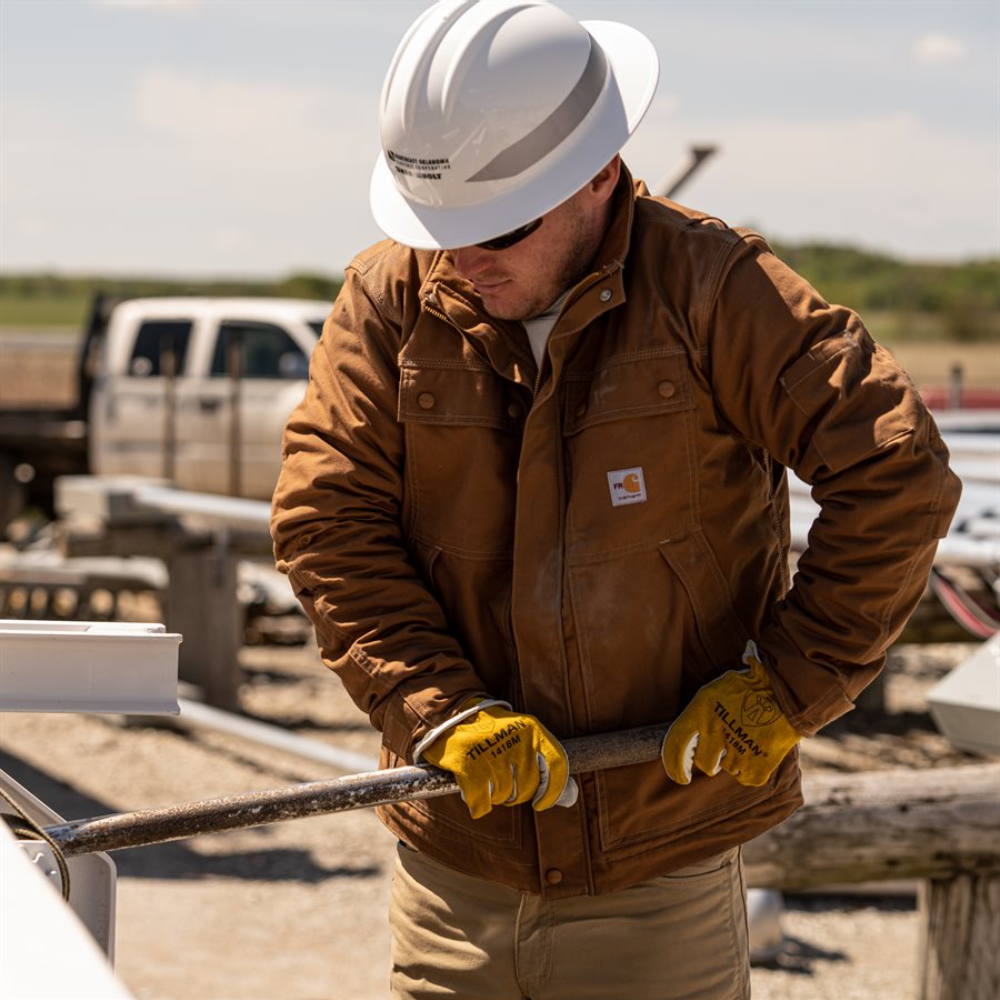
Safety Features for Protection
Reflective Elements for Visibility
Safety should always be a priority, especially for workers in low-light environments or hazardous locations. Many work jackets incorporate reflective materials or piping, enhancing visibility during early mornings or late evenings.
These reflective elements can help prevent accidents when working in busy areas or near moving vehicles. Bright colors may also be included in the design, further increasing visibility. Selecting a jacket with safety features ensures that you protect yourself while on the job.
Reinforcements for Durability
For jobs that expose workers to potential wear and tear, reinforcements on high-stress areas can increase durability. Key points like elbows, shoulders, and pockets may be reinforced with additional stitching or tougher fabrics.
Reinforced seams can also contribute to the longevity of a work jacket. By investing in jackets with durable construction, you ensure that they withstand the rigors of daily tasks without succumbing to damage. This durability not only improves safety but also saves money in the long run by reducing the need for frequent replacements.
Tips for Selecting Your Work Jacket
Analyze Your Work Environment
Before purchasing a work jacket, analyze your specific work environment and its demands. Consider the type of tasks you perform and the typical weather conditions you encounter. This analysis will help you determine the features most important for your needs.
For example, if you work outdoors in winter conditions, prioritize insulation and waterproofing. If your job involves physical labor in warm environments, focus on breathability and lightweight materials. Understanding your requirements ensures that you choose the right jacket for the job.
Test for Comfort and Fit Before Purchase
Finally, always test the comfort and fit of a work jacket before making a purchase. If possible, try on jackets while wearing layers similar to what you would wear on the job. Move around, lift your arms, and bend to ensure the jacket does not restrict movement.
Pay attention to the material’s feel against your skin. A comfortable jacket is crucial for productivity and focus. Investing time in finding the right work jacket can significantly improve your overall comfort on the job.
In conclusion, a good work jacket is an essential investment for anyone whose job requires protection from the elements and comfort during long hours. By understanding the critical features—such as fabric choices, insulation, functional design, safety elements, and perfect fit—you can make an informed decision when choosing a work jacket.
This awareness will enhance your ability to perform tasks comfortably and efficiently, whether outdoors or in demanding work environments. Taking the time to find the right jacket that meets your specific needs will ultimately lead to a better working experience. Embrace the benefits of a high-quality work jacket, and enjoy the confidence and comfort it provides on the job!
